Accordingly, the Ministry of Transport asked for opinions from the Steering Committee for the construction and implementation of the North-South high-speed railway investment policy project on three scenarios for the construction of the North-South high-speed railway.
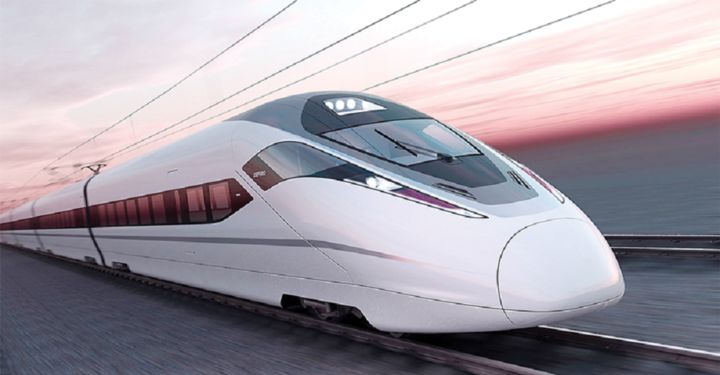
The Ministry of Planning and Investment said that of the three scenarios for building a high-speed railway, two options do not meet the requirements, and the remaining option does not match the recommendations of the Appraisal Council. (Illustration photo)
Scenario 1: Invest in building a new double-track North-South high-speed railway, 1,435 mm gauge, 1,545 km long, designed speed 350 km/h, load capacity 17 tons per axle, only for passenger trains. The existing North-South railway is upgraded and modernized to carry goods. Total investment capital is about 67.32 billion USD.
According to the Ministry of Planning and Investment, this scenario does not meet the requirements as directed in Conclusion No. 1290 of the Government Party Committee and Conclusion No. 49 of the Politburo .
Scenario 2: Construct a new double-track North-South railway line, 1,435 mm gauge, 22.5 tons per axle, operating both passenger and freight trains, design speed 200-250 km/h, maximum freight train speed 120 km/h. Total investment capital is about 72.02 billion USD.
The Ministry of Planning and Investment commented that this scenario meets the requirements and directions of the Government and the Politburo, but is not consistent with the proposed plan of the State Appraisal Council.
Scenario 3: Investing in a double-track North-South railway line, 1,435 mm gauge, 22.5 tons per axle, designed speed of 350 km/h, operating passenger trains and reserve for freight when needed. Total project investment capital is 68.98 billion USD.
If investing in infrastructure, equipment, and vehicles to operate freight trains running North-South, the project investment capital would be approximately 71.69 billion USD. This is the option proposed by the Ministry of Transport along with a number of specific mechanisms and policies to shorten the progress, mobilize investment capital, and train human resources.
The Ministry of Planning and Investment believes that this scenario does not meet the requirements according to the directive, and is even unreasonable when the investment plan has a design speed of 350 km/h but the total project investment is lower than scenario 2 with a design speed of 250 km/h; there is no content related to the freight transport plan, the basis for calculating the internal return index, the benefit-cost index...
" Relating to international experience, there is currently no high-speed railway line in the world with a design speed of 350 km/h that can transport a mixture of passengers and goods, " the Ministry of Planning and Investment cited.
Therefore, the Ministry recommends that the Ministry of Transport carefully review and complete investment scenarios to ensure that there is sufficient information to have a basis for considering and selecting investment scenarios suitable to Vietnam's conditions, ensuring investment efficiency.
The Ministry of Planning and Investment also shared that through the study trip to Germany, Spain, and China, it can be seen that countries that have developed railways with speeds of over 300 km/h are all countries that have mastered high-speed railway technology. When investing in developing high-speed railways, these countries already have a complete freight railway network and a GDP many times higher than Vietnam.
Meanwhile, the Ministry of Transport’s proposal has not mentioned the development of the railway industry towards technology mastery. Therefore, the Ministry of Planning and Investment proposed to clarify the proposal to develop the railway industry and create human resources, diversifying loan sources for the project so as not to depend on technology from the lender.
Regarding the design axle load, scenario 3 mentions a design load of 22.5 tons/axle. However, in reality, according to the experience of countries around the world, the design axle load of high-speed passenger railways is 17 tons/axle, the standard axle load of Chinese freight trains is 23 tons/axle. Therefore, the Ministry of Planning and Investment proposes to clarify the basis for selecting the design load to ensure international compliance.
The Ministry of Planning and Investment also pointed out the advantages of high-speed trains of 200 km/h, carrying both passengers and goods. High-speed railway projects in Japan that are preparing to be put into operation are only designed for speeds of 250-260 km/h. New generation high-speed trains, optimizing operating costs such as Siemens has developed the ICE4 train with a maximum operating speed of 250 km/h; Alstom has started producing new generation trains with a speed of 250 km/h for Nordic countries.
Thanh Lam
Source


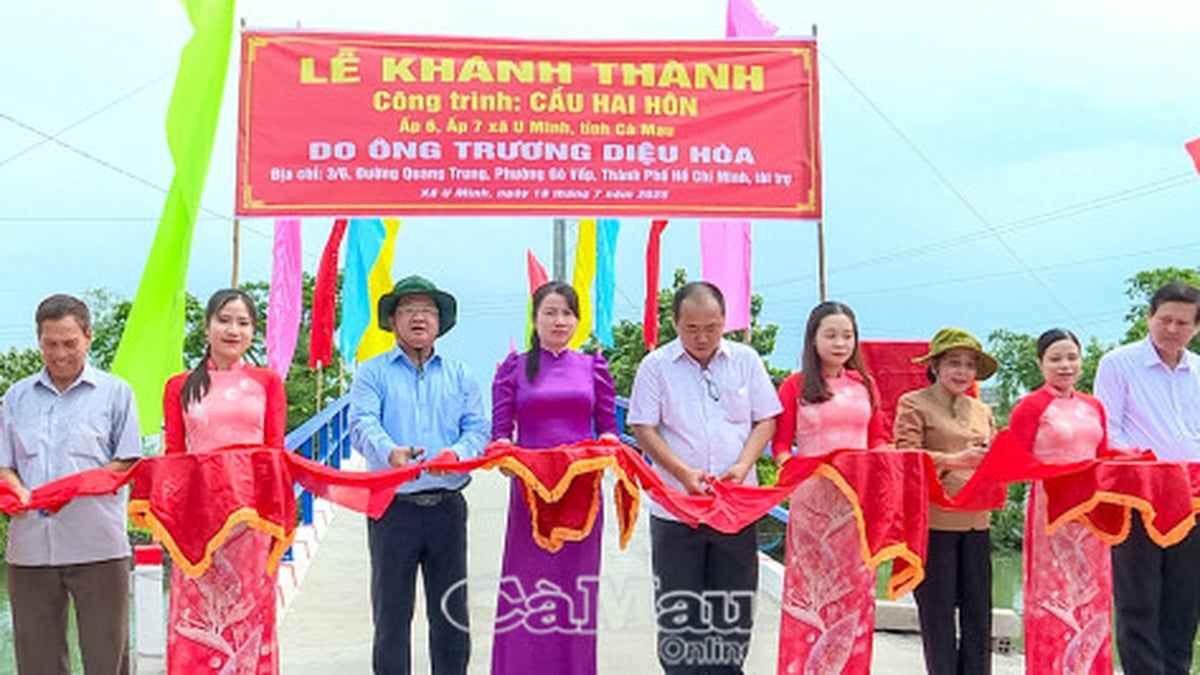



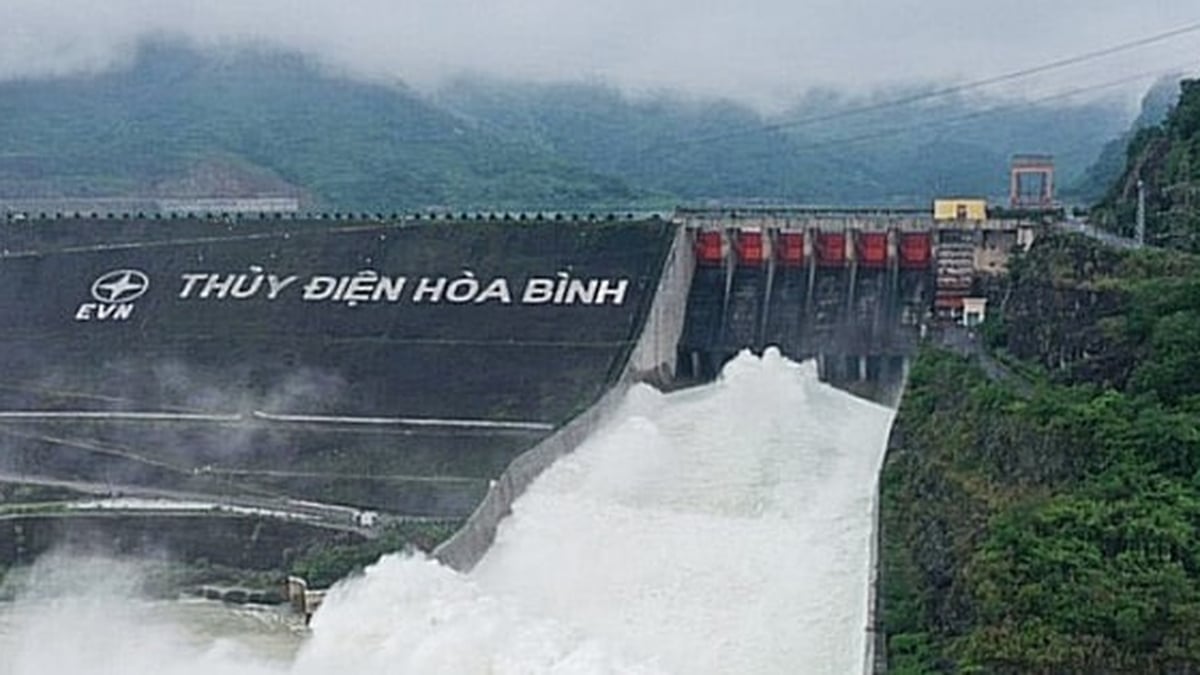
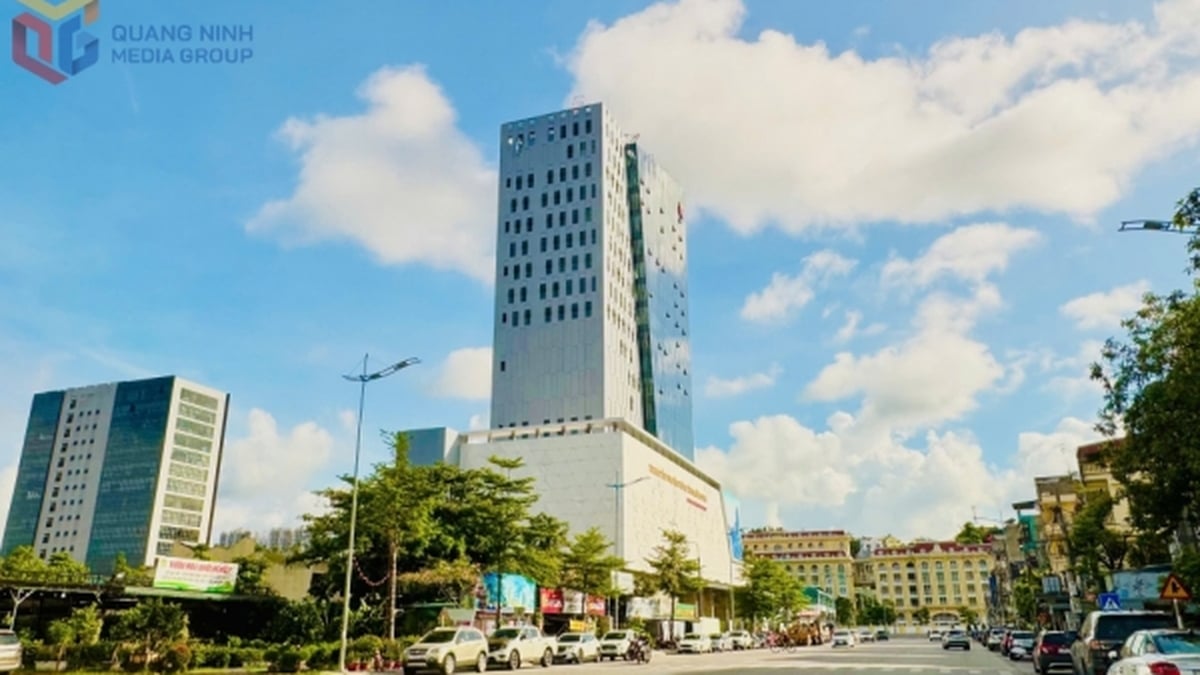

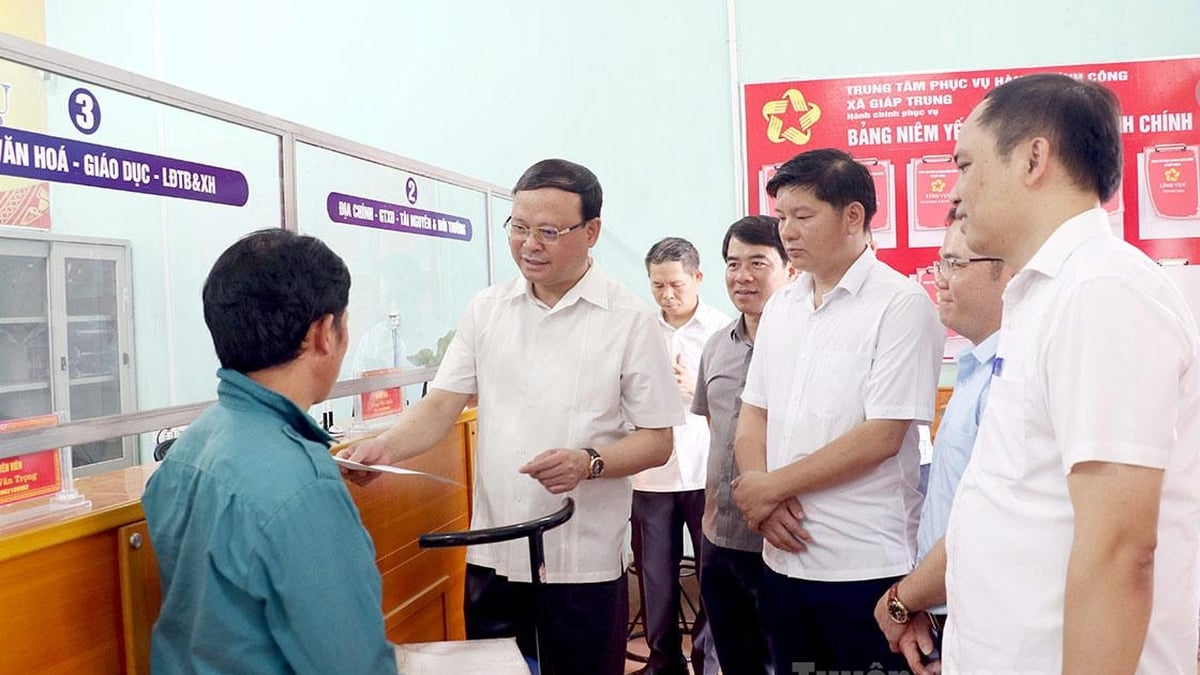

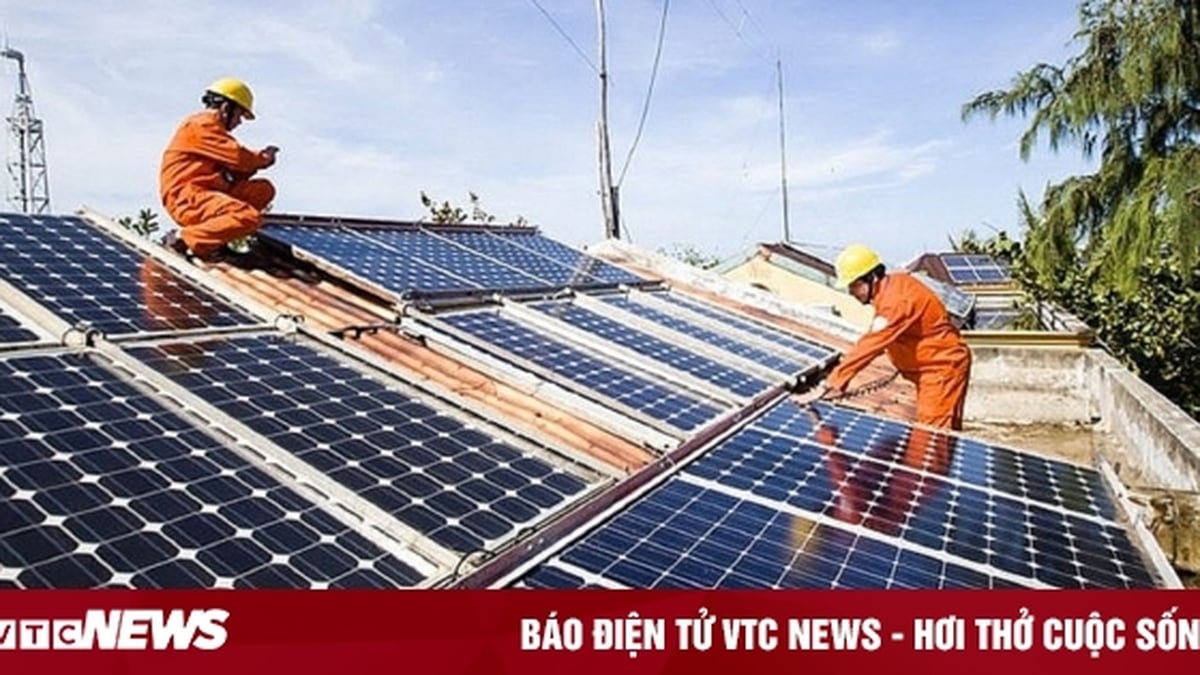






















































































Comment (0)